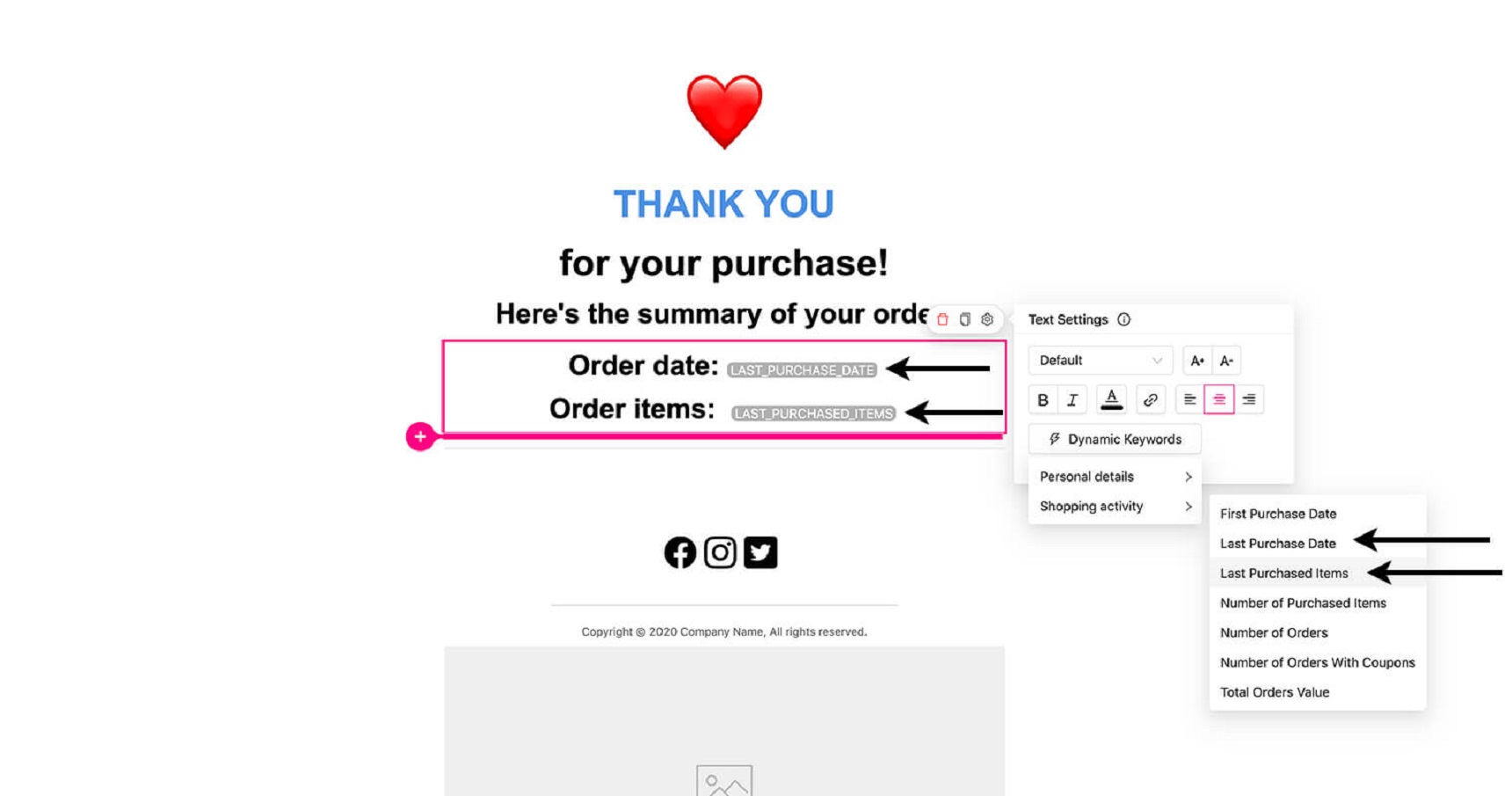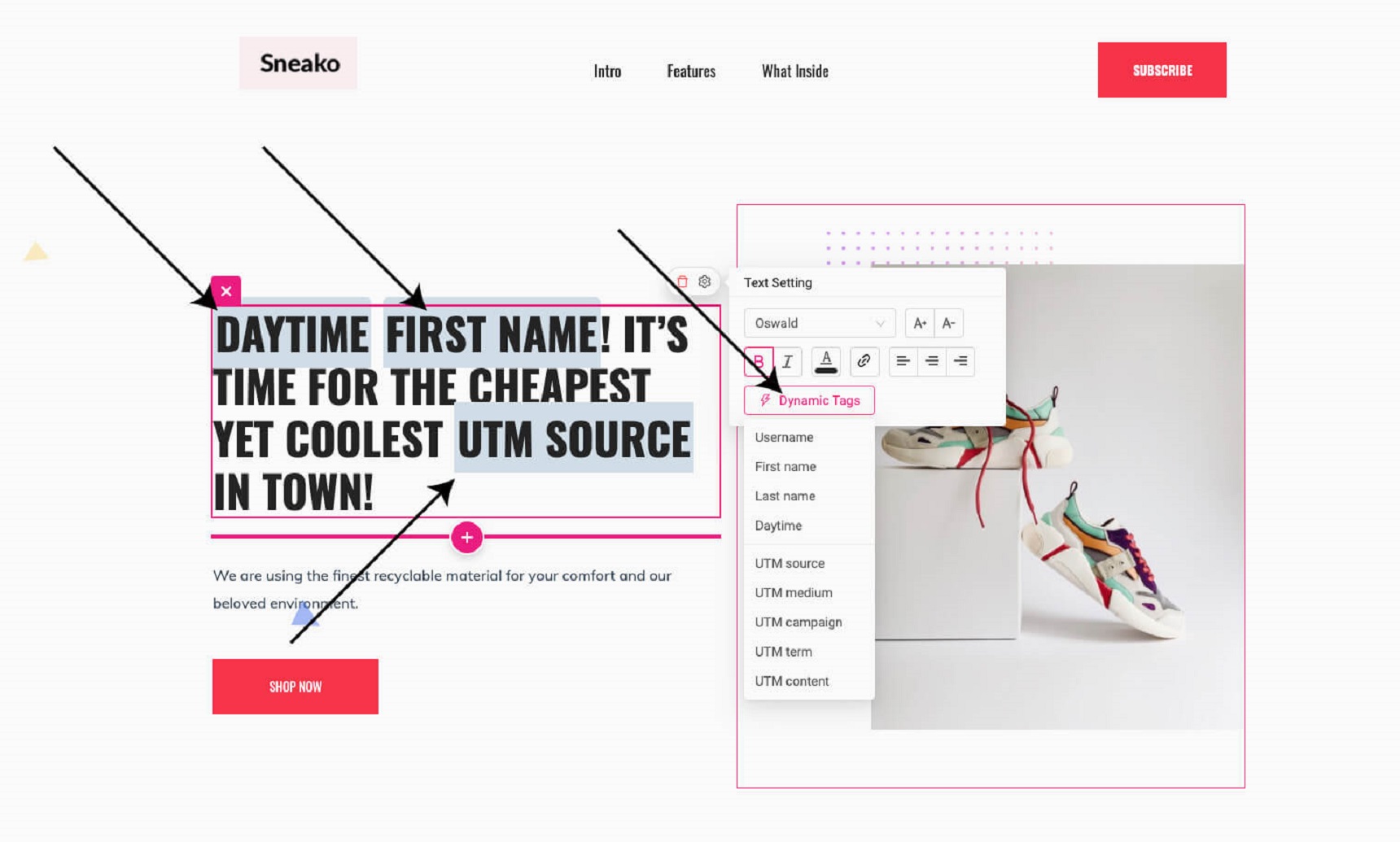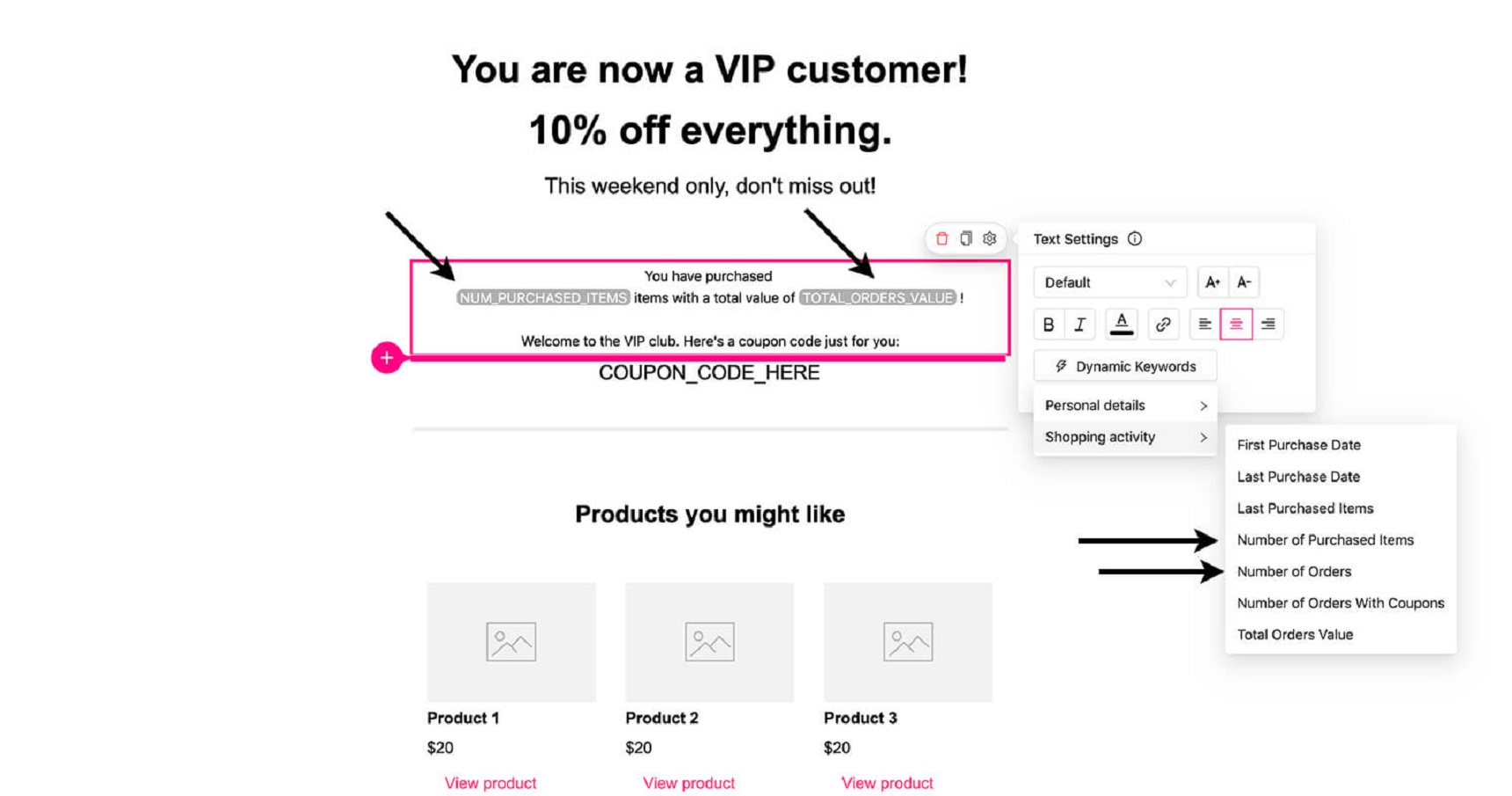In today’s era of online commerce, marketing jobs have increased like never before. This means that finding new tricks to gain customers is practically an art form and those who are not searching for new opportunities or not following best practices of online marketing and growth hacking may fall out of the running.
In this article, we will talk about several tactics for customer acquisition. More specifically, we will discuss 5 growth hacking tips with simple automations in WordPress.
Incentivized lead-generation

Something that motivates someone to take action can be defined as an incentive. In e-commerce marketing, the term intensive lead-generation is normally used. Intensive lead generation typically involves an attractive element, similar to a bonus, that stimulates a desired action, known as a sale trigger.
Incentives or lead magnets can take several forms. Let’s discuss some examples:
- Ebooks – It’s likely that you are already running a blog on your website, but publishing blog posts and publishing an ebook are completely different matters. Creating and promoting an ebook is one of the cheapest and most popular methods for generating leads online, and will definitely work if done intelligently.
- Webinars – Webinars are valuable content for any website or project, but it’s important to deliver exclusive information in a personal format. Peer to peer meeting is more powerful than any other method of communicating with your audience. Best practice may also involve inviting influencers to these events, as they will definitely improve the quality of your content.
- Coupons – Who doesn’t love sales coupons? Coupons can change a customer’s mind, especially if they can’t decide whether or not to buy from your store. Offering them a good discount is the first step to securing a long-term relationship with your customer.
- Newsletter – Another great way to generate leads is to create a value-packed newsletter campaign that encourages new customers to connect with you. This method will not only allow you to stay in your customers’ minds but will also let you share promotions, coupons or other incentive campaigns with them.
Apart from the methods mentioned above, you can use others as well. Some examples include , providing a freebie product or free trial, organizing a referral and reward system and many others!
Smart email automation

Email automation is not a new concept. It’s been around for quite some time, helping businesses reach audiences using the most advanced methods. Ultimately, it helps brands stay on customers’ radar longer, so more and more brands nowadays spend some of their budget on creating personalized and automated email campaigns.
Email automation is a growth hacking method in which you automatically manage all emails from different sources, like subscription lists, SMS, EMail, Viber, Web Push, etc. If this process is done properly, automation can increase your marketing performance and can free up a significant amount of time.
How does email automation work? Let’s say you want to send a company introduction message to new subscribers. Then, after a week, if they have not purchased anything from your store, you want to send them a discount coupon of 10%. If they still have not purchased something after another week, you want to send them a 15% discount. When they finally make a purchase, you want to send them a personalized thank-you message and a bonus discount for related products.
How can you achieve this? Clearly it’s not possible to do this by manually tracking user behavior. Instead, you can set up a series of automated emails that can be triggered by different actions from users. You may divide your users into different segments and set up IF…ELSE logic to send them automated emails without any intervention on your part. Once you set up this system, it will run 24/7.
The tool you are using to run this system is crucial, because without this you can’t achieve your goal. It can be difficult to find the right all-in-one solution, but Growmatik is an excellent universal tool for smart email automation.
A/B testing

A/B testing, also known as split testing, is a user experience research methodology used when we want to know which page (or post type) is better and why. In general, retailers use their product page to sell products. These pages provide all the essential information that customers need: product images, descriptions, details, price, delivery information and more. There’s no doubt that all of this information is necessary and no one can shop without it. Sometimes, before making big changes to your site by adding a new design or removing some information, it’s a good idea to test these new features by running A/B testing to reveal how users interact with new changes.
Basically, this process involves a randomized experiment where two or more variants of the page (posts, product page, etc.) are provided for different segments of audience. The purpose of the experiment is to determine which version has the biggest impact in terms of sales or impressions.
A/B testing is generally performed to test special missions or campaigns. Let’s say you want to test new product images along with a video of one particular product, but you can’t directly make changes to your actual product page. Instead, you can create a separate product page with a new design and new data and randomly send visitors to that page.
Collecting information from your A/B tests is important. Your testing should reveal the advantages or disadvantages of your experiment, and based on this data you can decide whether or not to make the changes.
Using the right tool for A/B testing is also important, so if you don’t have one already you should consider Google optimize and Optimizely.
Affiliate program

Affiliate marketing is a business procedure where a person earns commission by marketing another person’s or company’s product or service. Affiliate people choose the product they enjoy and then promote that product or service to earn a portion of the profit from each sale. Sales are tracked via an affiliate link.
There are 3 key parts in the relationship between companies and affiliate marketers, so lets review them one by one:
Seller and product
The seller, brand, merchant, company or person who owns the product. Product can be a physical product, like household items, or a service, like programming tutorials. Sellers do not always participate in the active marketing campaign, but they may run a very active affiliate program.
The affiliate or advertiser
Known as a publisher, this can be an individual person or influencer or a company that markets affiliate products. The affiliate receives commissions when their marketing leads to sales.
The consumer
Often, when you buy some product on the web, you may not realise that you are participating in an affiliate marketing program. When you do, both the seller and affiliate share the profits. The consumer is probably the most important part of this relationship, and without them this system will not work.
Affiliate marketing is a great deal for all parties involved. For the seller, this is another stable channel for sales that doesn’t involve spending much time on marketing the product. It’s great for the affiliate as well, as they don’t produce a product but they are still earning money through sales.
Now, you may ask, how does an affiliate get paid after linking the seller to the consumer? Well, there are several methods to do this. The most popular methods are:
Pay Per Sale
Pay per Lead
Pay Per Click
…
It’s worth mentioning that, nowadays, social media influencers are major drivers of affiliate marketing. They have already carved out a saturated niche in the field and affiliate marketing works great with them.
There are many great tools to manage affiliate marketing programs for your WordPress, ranging from free to paid plugins. Some great choices include, WP Affiliate Manager (Free) and AffiliateWP (Paid).
Loyalty programs

Loyal customers who buy repeatedly are more profitable than ones that buy once.
Costco’s business
This simple rule applies not only to Costco but to any business. You can easily turn your existing customers into loyal customers by offering high quality products and services as well as speedy delivery and customer support.
Customer loyalty programs were first introduced back in the 1950s, when grocery stores started giving out stamps to customers making repeat purchases. Customer loyalty refers to a customer’s willingness to buy from a brand again and again because of positive experiences and satisfaction.
This kind of program offers several benefits to customers, such as discounts and rebates, rewards, free delivery, coupons, early access to new products and more.
Loyal customers are the most profitable segment of your business. This factor gives you the opportunity to align your business with this segment. You may choose to run a completely different marketing campaign for them, which may prove to be the most profitable compared to the other campaigns you run. Another challenge for any business is to extend the lifetime of loyal customers to be as long as possible.
Formulating new ideas about how to reward your customers or how to run a loyalty program is part of the job, but realizing these ideas and keeping this campaign running is another job. The right tool is necessary so choose one that will let you design it once and, once you start it, it should run fully automated without any interruption. When choosing a tool to run marketing automation for WordPress, consider if it offers features to run a loyalty program for WooCommerce. We recommend trying Growmatik, which offers universal methods to run such campaigns in a fully automated way.
Wrapping up
Incentivized lead-generation, email automation and affiliate programs are not new techniques in ecommerce marketing. However, they are still the most effective growth hacking tips for attracting new customers and keeping existing ones. Don’t forget that your promotion and strategy will be most effective if they are tailored to your audience’s expectations. Your success also depends on the tool you choose to run your email marketing campaigns. We highly recommend trying out Growmatik as an all-in-one solution for email marketing and automation.
Do you have any more growth hacking tips to share? Let’s talk about them in the comments below!



No comment yet, add your voice below!